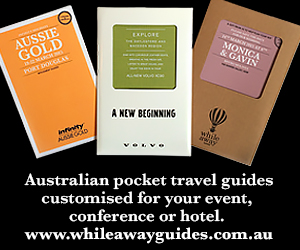The technologically brilliant new East Building at the Adelaide Convention Centre heralds further growth in the events business in South Australia – and the state’s economy, says Alec Gilbert, the centre’s Chief Executive. And it’s generating great excitement among operators and clients alike. Alex elaborates in this interview with The Siteseer.
Alec Gilbert: You’ve said publicly that the new East Building heralds a new era for the centre, and that it’s now Australia’s “most flexible”. Could you elaborate?
Siteseer: Yes we’re excited to celebrate our thirtieth year in business with the completion of this two-phase, $397-million redevelopment. A key objective of this project was to create Australia’s most flexible convention centre, and I certainly feel we’ve achieved that, via the design and a number of special installations.
The centrepiece of flexibility and innovation is, without question, our new Plenary Hall. It has seating for up to 3,500 and can be arranged to accommodate around 15 different configurations.
Its defining features include tiered and hinged seating, which can create a theatre-style auditorium, but when it’s lifted, provides a flat floor space to accommodate exhibitions or banquets.
The “operable” walls can be put in place to subdivide the space, in plenary or flat-floor configuration, or they can be retracted to open up the plenary to full capacity.
 And there’s more. Two rotating seating drums set at the back of the hall, actually revolving auditoriums, can be used as part of the plenary or can rotate 180 degrees in minutes to form two individual theatrettes, with seating for 320 guests each.
And there’s more. Two rotating seating drums set at the back of the hall, actually revolving auditoriums, can be used as part of the plenary or can rotate 180 degrees in minutes to form two individual theatrettes, with seating for 320 guests each.
The East Building represents the first time these three technologies have been combined in one building, providing exciting and creative opportunities for event organisers. From a broader standpoint, its completion has boosted our footprint to 20,000 square metres of conference and event space. This increased capacity means we’re now not only able to host much bigger events across our three buildings, but also host a number of smaller conferences and events simultaneously.
The highly flexible design allows us to segregate each of our three buildings for exclusive use, or contain activity to specific levels. Larger groups are able to take over the complete venue, but for smaller groups, our design allows us to isolate specific areas within the buildings to provide dedicated, private zones for their guests.
SS: You’ve referred, too, to the seamless integration between buildings. Many venues claim similar characteristics. For yourselves what does it actually mean in practice?
AG: From a physical and operational standpoint, our three buildings are interlinked at each level, and the halls open up into each other, facilitating easy movement and flow. The most dramatic link between the buildings is the new Skyway (pictured below), an elevated walkway that connects our east and west buildings, providing expansive views of the adjacent riverbank.
[These attributes] have already proven to be a great drawcard for several conferences. For example the upcoming International Astronautical Congress in September 2017 will take over the complete venue, with the main plenary held in the East Building and the adjacent exhibition space in the Central and West Buildings just 20 metres away. The 2018 Australian Petroleum Production and Exploration Association conference will use every bit of flat floor space including the main plenary in which the seats will be raised, and the Land Warfare Congress will adopt a similar configuration.
SS: Anything else that really sets you apart, in your view?
AG: Without a doubt the views offered by the centre along with our location are two additional unique selling points. We’re fortunate to be based at the heart of the city’s riverbank precinct which provides guests with magnificent outdoor views. We’ve made a point of ensuring that, whatever their movement through the centre, guests remain connected to the outdoors in the most spectacular way. All of our foyers offer terrific vistas of the River Torrens, giving guests a great sense of destination.
Location is also key. One of Adelaide’s primary convention advantages is its compact layout and incredible accessibility, which really makes the delegate experience more relaxed and enjoyable. The tagline that Adelaide is “Australia’s most convenient convention city” certainly rings true. We’re just 15 minutes from the airport, have a plethora of CBD hotels on our doorstep and are just a short stroll to the city’s entertainment and cultural precincts, including vibrant cafés, restaurants and laneways.
 For those focused on the medical industry, another major drawcard is our positioning adjacent to Adelaide’s BioMed City, one of the largest health and life science clusters in the southern hemisphere, which places thousands of researchers and academics on our doorstep. We’ve worked hard to form a strong alliance with BioMed City to support conference organisers and add value to their programs. We’re committed to helping delegates connect with local thought leaders, industry and research bodies and academics to conduct site tours, share ideas, and gain access to key speakers. The approach is all about enriching the conference experience in the centre and the city itself.
For those focused on the medical industry, another major drawcard is our positioning adjacent to Adelaide’s BioMed City, one of the largest health and life science clusters in the southern hemisphere, which places thousands of researchers and academics on our doorstep. We’ve worked hard to form a strong alliance with BioMed City to support conference organisers and add value to their programs. We’re committed to helping delegates connect with local thought leaders, industry and research bodies and academics to conduct site tours, share ideas, and gain access to key speakers. The approach is all about enriching the conference experience in the centre and the city itself.
Last but certainly not least, the compact nature of our venue means that the delegate experience here’s more personal than what you’d experience in many other convention centres.
SS: Are you mainly focusing on inbound business?
AG: Totally. International and national conferences are our core business, supplemented by local meetings and events. We have a particular focus on events linked to the South Australian government’s key economic priorities which include medical research, defence, agriculture and biotechnology.
SS: What are the key issues facing your industry in South Australia? What needs to be done to improve things further?
AG: Adelaide is one of Australia’s best-kept secrets, and it’s not just a cliché. Once people visit, they love it and are eager to return. I think one of our greatest challenges, particularly when it comes to domestic business, is that the “critical mass” [of business] is based on the east coast, which obviously often favours east coast destinations. While this certainly poses a challenge it motivates us to work all that much harder to ensure a memorable experience and return business.
SS: Do Australian venues, generally, represent value for money? What have we got that makes us special, and what else should we be doing to stay a step ahead?
AG: Australia is not known as a cheap destination. However Australian venues are very advanced in the facilities and service they offer, whether it’s related to technology or food and beverage. The very competitive industry in which we operate has driven us to become innovative and raise the bar in how we deliver the delegate experience.
 In Australia, Adelaide is a great value proposition; due to our scale, we can easily facilitate “walking conferences” with little need for transportation. Adelaide also presents a great range of touring and incentive experiences. South Australia’s world-famous wine regions, Kangaroo Island and the Flinders Ranges are all just a short distance from the CBD.
In Australia, Adelaide is a great value proposition; due to our scale, we can easily facilitate “walking conferences” with little need for transportation. Adelaide also presents a great range of touring and incentive experiences. South Australia’s world-famous wine regions, Kangaroo Island and the Flinders Ranges are all just a short distance from the CBD.
As for the second part of your question, governments internationally, particularly in Asia, are increasingly recognising the value of business events to their economies and are lending their support to help win business. For us to remain competitive it’s imperative that our federal and state governments recognise the importance of business events through their destination marketing, incentivisation and ongoing investment in facilities.
SS: Could you share some details with us about interesting events you’ve signed up, as well as any recent ones, with a few details, you’re particularly proud of?
AG: As mentioned the first major conference set for our fully expanded centre will be the 68th International Astronautical Congress (IAC) in September. It’ll be the largest event ever held in Adelaide in terms of international delegates. It’s the world’s largest annual gathering of space professionals, and more than 3,500 delegates, including astronauts, heads of space agencies, engineers, scientists, innovators, legal and policy specialists, interested parliamentarians and students expected to attend.
Actually IAC is a fitting event for the expanded centre because the venue and the city are very much focused on innovation and future possibilities. We’re working closely with the organisers to ensure it’s memorable. A major attraction is confirmation that tech giant Elon Musk will be a presenter, providing an update on his company SpaceX’s plans to develop technology that would help colonise Mars.
Looking ahead, we’re also excited to welcome the Australian Tourism Exchange (ATE) back to Adelaide for the third time in April 2018, presenting a fantastic opportunity to market South Australia as a destination. We also have a number of other big industry events on the horizon. On the back of hosting the PCO Conference and Association Forum when we launched our West Building in 2015, we’re excited to welcome MEA and AuSAE to Adelaide in early 2018.
SS: What key lessons have you learned along the way in your own career that could be useful for PCOs reading this?
 AG: We consider ourselves to be your partner in creating winning events; we don’t just see ourselves as a piece of real estate, and PCOs shouldn’t either! Rather we’re committed to working together with clients to maximise return on investment for all parties, not just financially, but also in the experience offered.
AG: We consider ourselves to be your partner in creating winning events; we don’t just see ourselves as a piece of real estate, and PCOs shouldn’t either! Rather we’re committed to working together with clients to maximise return on investment for all parties, not just financially, but also in the experience offered.
SS: How and why are you enjoying the job?
AG: I’m enjoying it on a number of fronts. On an international level the business events community is reasonably compact, allowing you to develop long, lasting relationships around the world.
And international events are booked well in advance, so you’re liaising with clients over a long period of time, forming strong partnerships that see you take a personal interest in their success. When these big events come to the centre and take over every conceivable space, like the upcoming astronautical congress, there’s an enormous air of excitement and buzz, which affects everyone involved and makes it all worthwhile.
It would be remiss of me not to mention my team, many of whom have been with the company for a long time and are committed to delivering winning events. At the end of the day it really is the people who make a business and make it all worthwhile!
www.adelaidecc.com.au
ALEC INSIGHTS
A veteran of the industry, Alec has been Chief Executive of the Adelaide Convention Centre since April 2006, during which time he has developed a widely acknowledged reputation for being an innovator and strong proponent of the value of business events.
A graduate of the University of Natal in Durban, South Africa, he was previously CEO of the Durban International Convention Centre. He also attended King’s School in Bruton, Somerset, England.
 These include a two x 32-kilo baggage allowance (and 11.5 kilos of hand luggage), 68 “extra comfort” seats on each flight for an additional $165 per person per sector with extra legroom, amenity packs and preferential boarding, and one guest for every 20 people booked flying free of charge.
These include a two x 32-kilo baggage allowance (and 11.5 kilos of hand luggage), 68 “extra comfort” seats on each flight for an additional $165 per person per sector with extra legroom, amenity packs and preferential boarding, and one guest for every 20 people booked flying free of charge. “In addition to excellent accessibility, high-quality infrastructure and off-program activities, there’s what we call the aloha ambience, where, according to surveys, attendees leave Hawaii feeling refreshed, invigorated, at ease and with a yearn to return,” Joyce says.
“In addition to excellent accessibility, high-quality infrastructure and off-program activities, there’s what we call the aloha ambience, where, according to surveys, attendees leave Hawaii feeling refreshed, invigorated, at ease and with a yearn to return,” Joyce says.
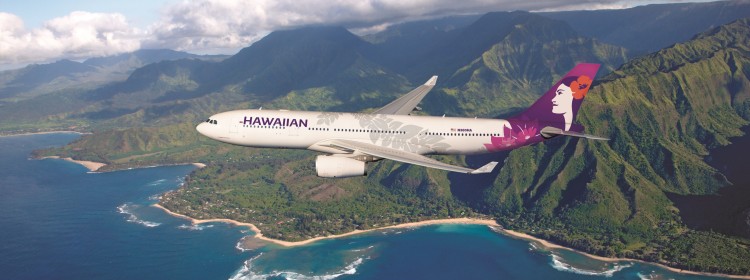

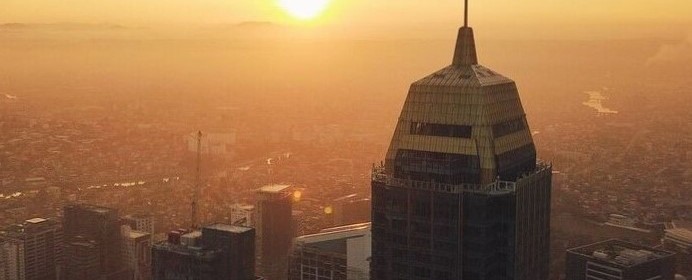




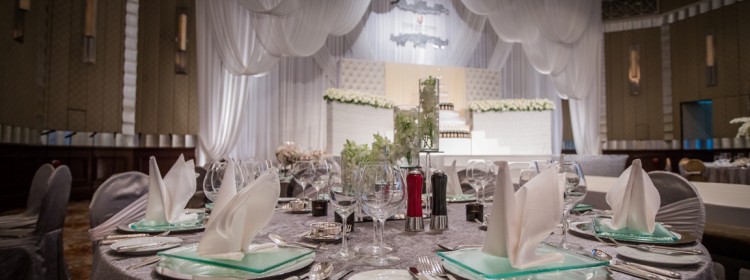




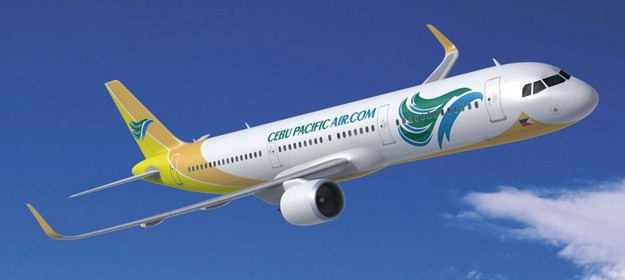



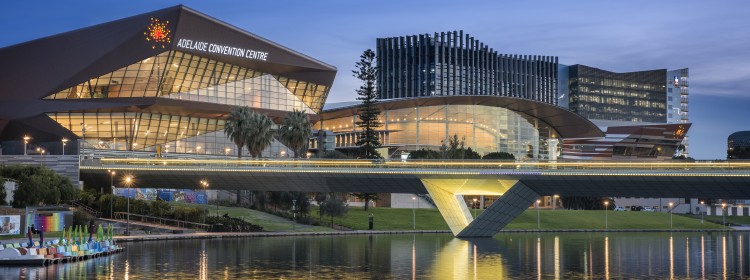




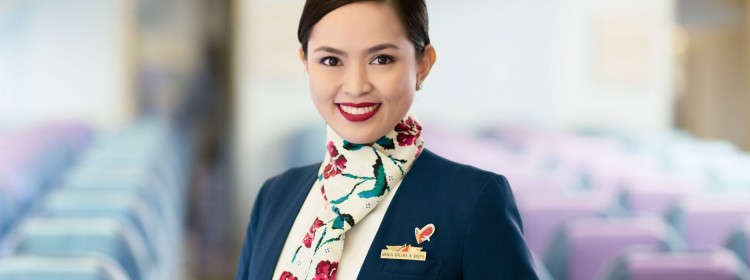





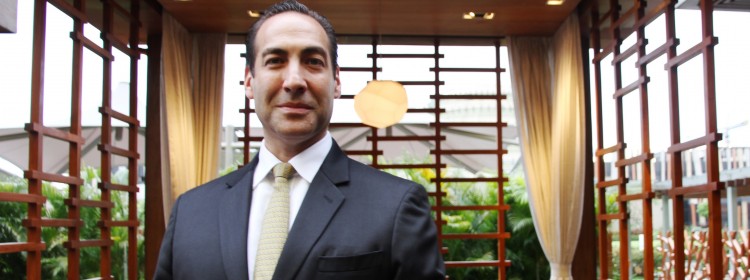

 We have the F&B, the entertainment and DreamPlay [pictured left and below, a family play space with attractions also suited to teambuilding activities] which is a first in the world. Couple that with the service we provide. In my opinion, and of course I’m biased, it’s a no-brainer. Why not come here?
We have the F&B, the entertainment and DreamPlay [pictured left and below, a family play space with attractions also suited to teambuilding activities] which is a first in the world. Couple that with the service we provide. In my opinion, and of course I’m biased, it’s a no-brainer. Why not come here?
 I’m proud of my luxury hotel experience which covers the gamut of line staff positions – security, night manager, housekeeping, guest services. We’re all professionals. A house keeper is not a maid; he or she is someone who provides a professional service.
I’m proud of my luxury hotel experience which covers the gamut of line staff positions – security, night manager, housekeeping, guest services. We’re all professionals. A house keeper is not a maid; he or she is someone who provides a professional service.
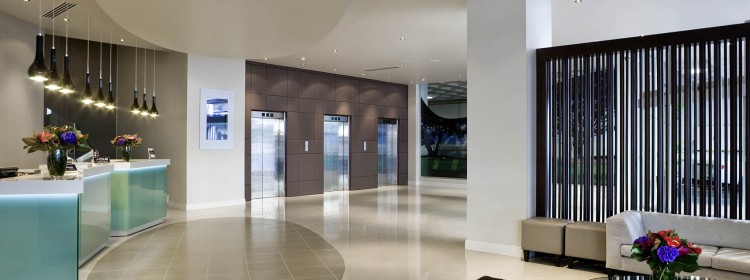
 Recently refurbished and soon to be rebadged as a more upscale, four-and-a-half-star Grand Mercure, the hotel has eight naturally lit meeting rooms, set on a dedicated conference floor that can accommodate up to 200 theatre-style and has a banquet capacity of up to 150.
Recently refurbished and soon to be rebadged as a more upscale, four-and-a-half-star Grand Mercure, the hotel has eight naturally lit meeting rooms, set on a dedicated conference floor that can accommodate up to 200 theatre-style and has a banquet capacity of up to 150. Business, generally, is brisk for the AccorHotels business in Auckland, where the French multinational has ten hotels (including Sofitel, Novotel, Pullman and Ibis) and where Sofitel So, another luxury property, will be opening at the beginning of next year, says Georgina.
Business, generally, is brisk for the AccorHotels business in Auckland, where the French multinational has ten hotels (including Sofitel, Novotel, Pullman and Ibis) and where Sofitel So, another luxury property, will be opening at the beginning of next year, says Georgina.


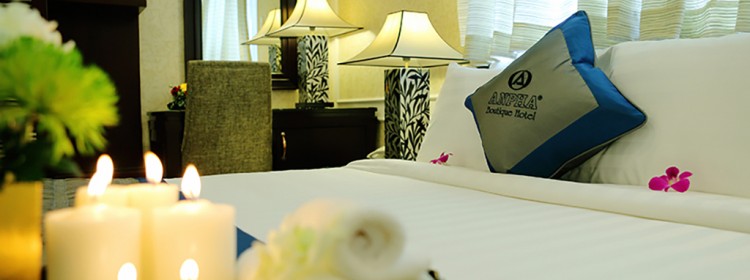
 The well-appointed rooms are tastefully decorated and uniformly immaculate, a credit to the housekeeping team. Many have balconies and a view over the Ben Thanh market, which occupies an entire block and sells everything from sugared frogs eggs to live fish, shoes, ornaments and underwear.
The well-appointed rooms are tastefully decorated and uniformly immaculate, a credit to the housekeeping team. Many have balconies and a view over the Ben Thanh market, which occupies an entire block and sells everything from sugared frogs eggs to live fish, shoes, ornaments and underwear. The young people manning reception are obliging and willing to arrange day tours for reasonable prices. Arguably the most fascinating of these is a trip to the Cu Chi Tunnels, 60 kilometres from the city, which starts from about AUD 50 per person, including pick up at the hotel and transport in an airconditioned bus. It takes around two hours to get there but it’s worth the effort. The tunnels are a 200-kilometre-long network of underground passageways in which up to 16,000 Viet Cong sheltered during the Vietnam War and from which they launched attacks on US troops and, in earlier years, on French colonists.
The young people manning reception are obliging and willing to arrange day tours for reasonable prices. Arguably the most fascinating of these is a trip to the Cu Chi Tunnels, 60 kilometres from the city, which starts from about AUD 50 per person, including pick up at the hotel and transport in an airconditioned bus. It takes around two hours to get there but it’s worth the effort. The tunnels are a 200-kilometre-long network of underground passageways in which up to 16,000 Viet Cong sheltered during the Vietnam War and from which they launched attacks on US troops and, in earlier years, on French colonists.
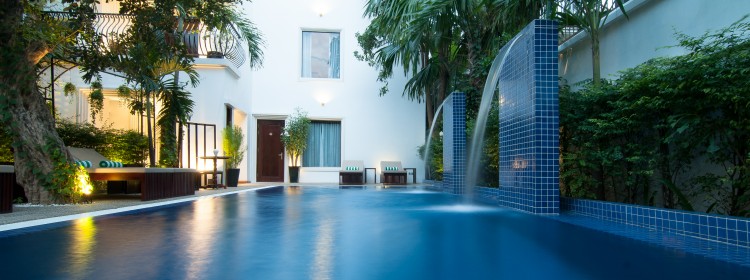
 “It’s not your fault,” I replied. “I’m the one who gave you the wrong dates in the first place; I should be apologising.”
“It’s not your fault,” I replied. “I’m the one who gave you the wrong dates in the first place; I should be apologising.” A dedicated meeting room can seat up to 20, and the two restaurants convert to versatile meeting spaces for 40 to 50 people, says a hotel spokesman. Moreover, as part of the deal, guests receive a free one-hour traditional Khmer massage and free access to the room minibar every day during their stay.
A dedicated meeting room can seat up to 20, and the two restaurants convert to versatile meeting spaces for 40 to 50 people, says a hotel spokesman. Moreover, as part of the deal, guests receive a free one-hour traditional Khmer massage and free access to the room minibar every day during their stay. During the serving of a multiple-course Khmer meal in the Suites’ main restaurant, for example, while a staff member performed a traditional Cambodian dance on a small stage, the food kept on coming. A piquant salad of chicken, mint, shaved vegetables and lime juice. Battered fish in coconut milk. Fragrant curries. Noodles and chilli.
During the serving of a multiple-course Khmer meal in the Suites’ main restaurant, for example, while a staff member performed a traditional Cambodian dance on a small stage, the food kept on coming. A piquant salad of chicken, mint, shaved vegetables and lime juice. Battered fish in coconut milk. Fragrant curries. Noodles and chilli.

